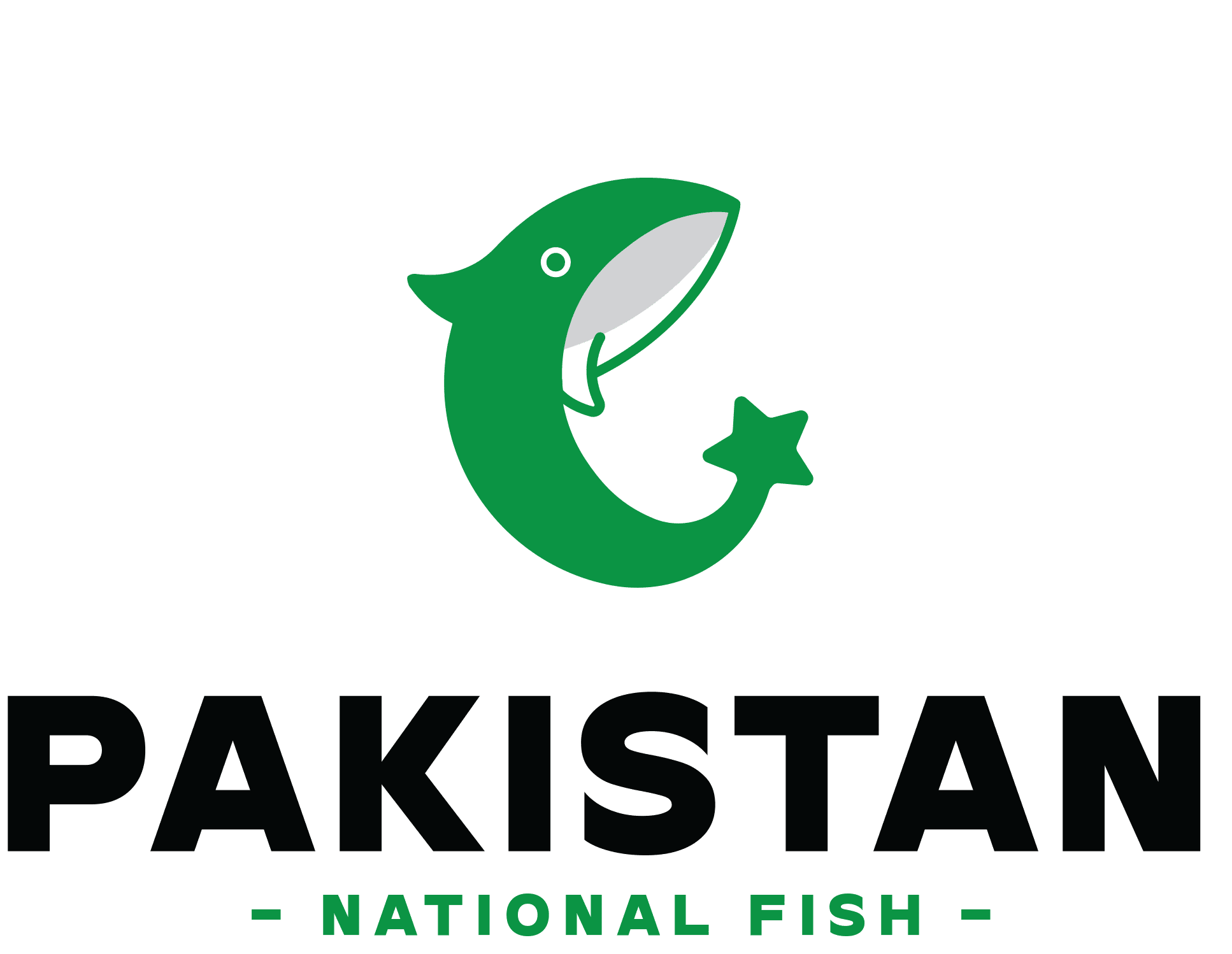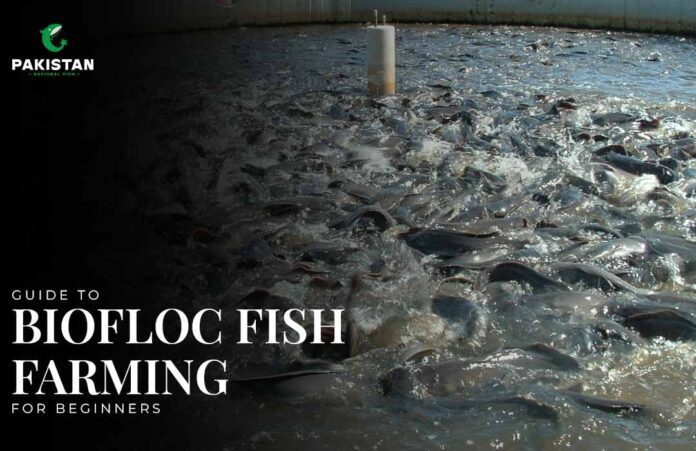As Pakistan deals with its complex political landscape and explores opportunities for growth in its economy, Biofloc Fish Farming emerges as a possible second source of revenue. The diversity, revenue, and rising demand for fish in Pakistan make it an appealing alternative for people wishing to diversify their income.
With its enormous rivers and beaches along the Arabian Sea, Pakistan is well-positioned to reap the benefits of aquaculture.
Today, we’ll look at the interesting and growing importance of Biofloc fish farming in Pakistan. Let’s get into the details!
What Is Biofloc Fish Farming?
Biofloc technology improves water quality by managing carbon and nitrogen levels in the system. The technology relies on the flocculation of concepts. Biofloc was developed as a technique for promoting high fish production in a small area.
The primary goal of Biofloc is to recycle nutrients by turning wasted feed and unwanted organic matter into food via probiotics and carbon sources. It was created as an alternative to open pond fish farming and to avoid disease transmission into the water.
What Type Of Fish Can Be Farmed In Biofloc Fish Farming?
What Do We Need For Biofloc Fish Farming
The fisheries are one of the world’s largest food sources. The fishery operates by producing and collecting fish for human use. It is one of the most significant sources of income. As the need for seafood grows, so does the demand for aquatic goods utilized in the industrial sector to make fish meal and fish oil. As a result, we can conclude that as the population grows, so does the consumption of fish.
Biofloc technology lowers water pollution and the risk of acquisition and spread of infections. Biofloc technology reduces the consumption of high-protein feed and the expense of ordinary feed and boosts productivity.
Steps For Biofloc Fish Farming
First Step: Set Up The Pond Or Tank
The initial and most significant step is to identify a suitable location for the tank or pond where farming will take place. This could be difficult if you are not aware of the delicate aspects that contribute to growth, such as the location of the sunlight, the temperature of the environment, the airflow of the environment, and so on.
However, as time passes, experience and knowledge of the craft become more important.
Step Two: Aeration
So, if you have completed all of the above steps correctly, we will proceed to the next and most important phase, which is the installation of aerators. Aerators are system components that maintain the temperature and humidity of floating parts of algae, bacteria, protozoa, and other organisms that provide food for fish.
They also maintain the most effective oxygen distribution throughout the tank/pond to prevent the development of anaerobic zones, which increase the formation of methane and ammonia.
Third Step: The Choice Of Species And Related Items
Fourth Step: Optimize Carbon And Nitrogen
Without diving into the scientific details, let us just go over the optimization section. There is a minor issue with ammonia peaks entering the system if anything goes incorrect such as one of the aerators that failing to function.
Because of the high nitrogen level in certain situations, ammonia can build, and if this continues for an extended period of time, it can become an awful situation for your flocs and fish. The carbon in these carbs allows heterotrophic bacteria to proliferate and produce ammonia, hence maintaining the purity of the water.
Fifth Step: Biofloc Growth
After your inner mind has figured out how to complete the preceding procedures, let us move on to Biofloc growth. So far, we’ve set everything up in the best possible way. Now it is time to begin our cultivation.
We’ll put the seeds for various algae, bacteria, and protozoa in the culture water, along with a few probiotics to speed up the process, and within a couple of weeks, the number of flocs will increase from absolute nil to four to five flocs per millimetre.
Sixth Step: Tracking, Harvesting, And Restoration
Aquatic samples must be collected on a regular basis to monitor pond water quality and to assess the movement of the two Biofloc kinds, as well as their relative densities. As the stock grows and feeding volumes increase, the water will come to a tipping point and stay brown.
When the Biofloc system turns brown, aeration must be increased extensively to maintain a high respiration rate. The aerators themselves, as well as the power system that supplies the power needed to run the system, require proper maintenance and supervision.


